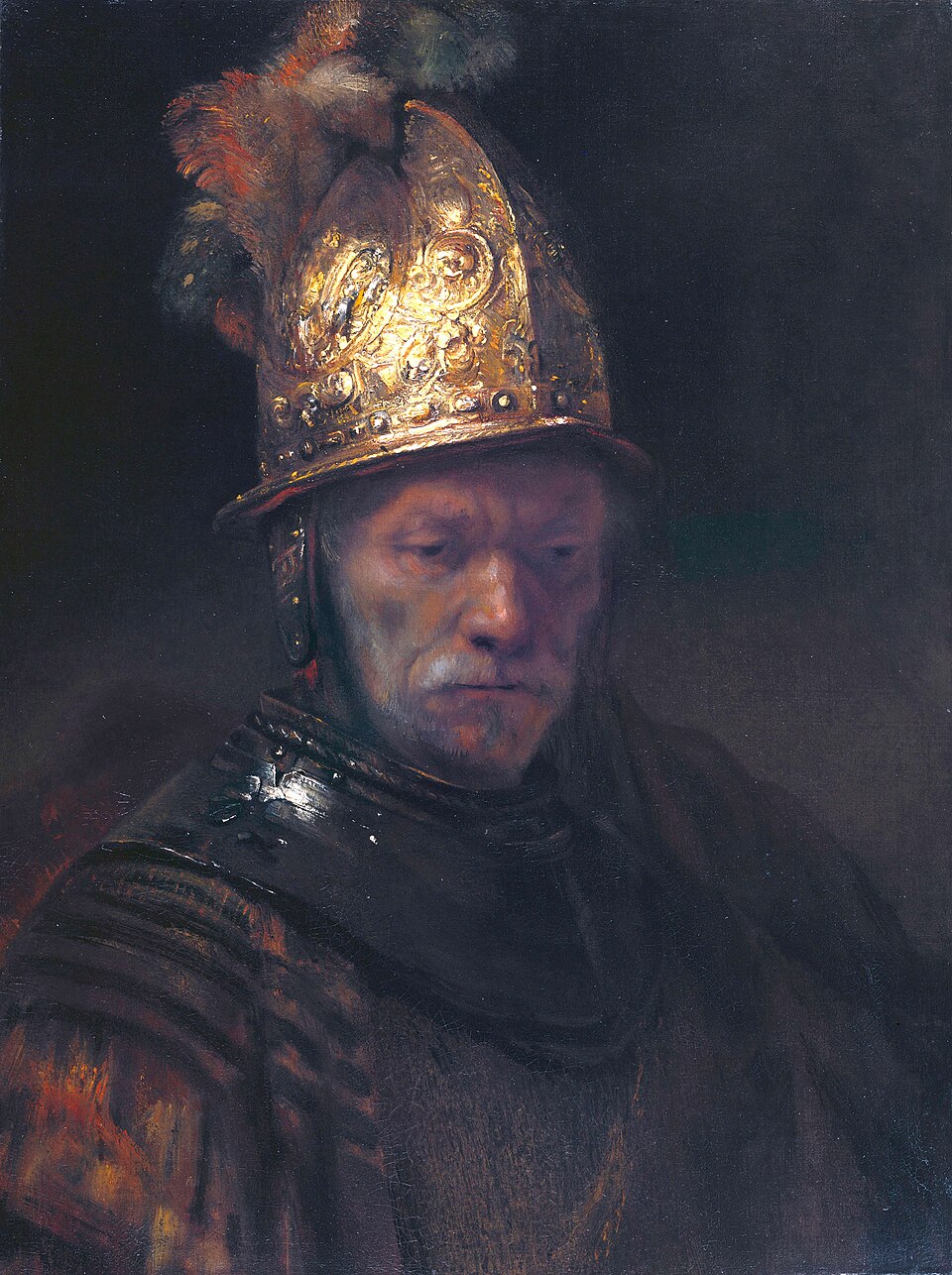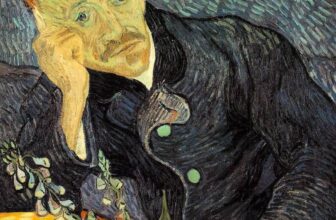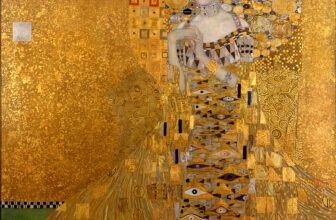
The Man with the Golden Helmet: The Mystery Behind the Gaze
In the dim, reverent light of a Berlin gallery, a man stares back at thousands of curious onlookers each year. He is cloaked in shadow, his features solemn and dignified, crowned by a striking golden helmet that gleams like treasure dredged from myth. Known to the world as The Man with the Golden Helmet, this evocative portrait has haunted the minds of art lovers, historians, and scholars for centuries. Long attributed to the Dutch master Rembrandt van Rijn, the painting carries not only a powerful visual presence but also a deep, complicated story, one filled with mystery, misattribution, and artistic grandeur.
A Portrait Cloaked in Light and Shadow
Painted around 1650, during the Dutch Golden Age of painting, The Man with the Golden Helmet exemplifies the deep chiaroscuro style Rembrandt became famous for, dramatic contrasts of light and dark that imbue his subjects with psychological depth and emotional resonance. The man in the painting is bathed in a rich, directional light that falls mainly on the resplendent helmet, making it glow with an almost supernatural aura. His face is partially obscured by shadow, with thoughtful eyes and a calm, introspective expression.
He wears a heavy cloak, and the only real color in the painting emanates from the warm golden hue of his helmet, which looks less like a piece of practical armor and more like a crown of authority or divine insight. The helmet, ornate and luminous, is the centerpiece of the composition, pulling focus from every angle and elevating the unknown man into the realm of legend.
The Mystery of the Artist: Was It Really Rembrandt?
For many years, the painting was confidently attributed to Rembrandt himself. In fact, it was one of the most beloved “Rembrandts” in the Berlin collection and widely reproduced in books and galleries around the world. The drama, mood, and technique all seemed to align with the Dutch master’s other known works from the period.
However, in the 1980s, something changed.
A comprehensive examination by the Rembrandt Research Project, an initiative created to catalog and authenticate works by Rembrandt, challenged this long-standing attribution. After rigorous analysis of brushwork, composition, and historical records, the experts concluded that The Man with the Golden Helmet was not painted by Rembrandt himself. Instead, it was the work of one of his students or followers, perhaps someone working within his studio.
This revelation sent shockwaves through the art world. How could such a masterpiece be misattributed for so long?
The truth is that Rembrandt had a large and active studio, filled with students and apprentices who emulated his style under his supervision. It was common for pupils to produce paintings “in the manner of” Rembrandt, sometimes even with his signature or approval. Some historians believe the work might have been painted by one of his more talented pupils, such as Willem Drost or Carel Fabritius, both known for their ability to mirror Rembrandt’s style with astonishing precision.
Still, despite the change in attribution, the painting’s power remained. Stripped of the Rembrandt name, The Man with the Golden Helmet did not lose its aura, instead, the mystery around it deepened.
Who Is the Man in the Golden Helmet?
If the artist’s identity is uncertain, the subject’s identity is an even greater enigma.
There is no known title or description from Rembrandt’s own time that clarifies who this man was supposed to be. Some speculate that he may have been a soldier, a scholar, or a representation of some allegorical figure, such as Wisdom, Honor, or Time. Others see the portrait as less literal and more theatrical, a model in costume, wearing a helmet not for war but for effect.
This idea aligns with a known practice in Rembrandt’s studio. Often, he and his pupils created “tronies”, character studies that featured anonymous subjects in dramatic lighting and elaborate costume. These weren’t portraits in the traditional sense, but rather explorations of mood, personality, and style. The Man with the Golden Helmet fits this mold: not a commissioned portrait, but a meditation on strength, silence, and the passage of time.
The helmet itself further complicates things. Its lavish detail and almost fantastical ornamentation make it seem more ceremonial than practical. It bears no exact historical counterpart, and scholars have noted that it looks more like a studio prop than a real piece of military equipment. Could it be symbolic? Might it represent the burdens of leadership, the fragility of honor, or the weight of knowledge?
The man’s expression offers no easy answers. He appears tired, contemplative, maybe even sad. But his posture is straight, and his gaze steady, resolute in a way that transcends time and circumstance.
The Painting’s Journey: From Studio to Museum
Despite its uncertain authorship, The Man with the Golden Helmet has long held a place of honor in European art collections. It was acquired by the Staatliche Museen zu Berlin (State Museums of Berlin) in the 19th century and remains housed at the Gemäldegalerie, Berlin’s prestigious gallery for European painting.
Even after its de-attribution in the 1980s, the museum continued to display the painting prominently. It remained a favorite among visitors and curators alike, a testament to the fact that artistic value does not solely rest on the name in the corner.
The painting’s allure lies not in who painted it, but in what it evokes. There’s a timeless quality to the man’s expression, an unspoken story that draws viewers in. Standing before the work, one feels as though time has paused, leaving just you and the man in the golden helmet in quiet communion.
What Does the Painting Mean?
Interpretations of The Man with the Golden Helmet vary widely, depending on the lens through which it is viewed.
Psychological Interpretation
Some art critics view the painting as a study in introspection. The man’s downcast eyes and meditative stillness suggest he is lost in thought. Perhaps he reflects the internal struggles of age, honor, or responsibility. The helmet, so golden and heavy-looking, might represent the burden of identity, the roles we wear, the titles we assume, the images we project to the world.
Spiritual Interpretation
Others detect a more spiritual dimension. The luminous helmet, glowing like a halo, may suggest divine wisdom or inner illumination. In this view, the man is not a warrior but a sage, his quiet solemnity masking profound spiritual insight.
Symbolic Interpretation
From a symbolic standpoint, the painting has been linked to themes of mortality, valor, and the passage of time. The shadows that cloak the man suggest the encroachment of age and death, while the helmet reminds us of battles fought, either literal or metaphorical.
Ultimately, the meaning of the painting lies in its ambiguity. It invites personal reflection and resists easy categorization, allowing each viewer to bring their own story to the encounter.
What is the Value of The Man with the Golden Helmet?
This is a question both literal and metaphorical.
If you mean monetary value, the answer has evolved over time. Before it was de-attributed, a Rembrandt painting like this would have been worth tens, possibly hundreds, of millions of dollars. Today, while it no longer holds that astronomical price tag, its worth is still immense. As a masterwork of Dutch Golden Age portraiture, the painting is priceless in terms of cultural and historical value.
But the painting’s true value lies beyond any market.
It’s in the thousands of viewers who have stood silently before it, drawn into its shadowy depths. It’s in the way it continues to provoke thought, emotion, and wonder. It’s in the golden light that still glimmers across the centuries, reminding us that art doesn’t need a signature to touch the soul.
An Icon Beyond Attribution
In the end, The Man with the Golden Helmet is a story, unfinished, mysterious, endlessly open to interpretation. It embodies all that we admire about Dutch Golden Age art: technical mastery, emotional subtlety, and an almost spiritual grasp of light and shadow.
Though we may never know who the man was, or who exactly painted him, perhaps that’s the point. He is everyman and no man, both historical and eternal. And as long as he stands, golden and silent in the Gemäldegalerie, we will keep looking, wondering, and finding pieces of ourselves in his gaze.




